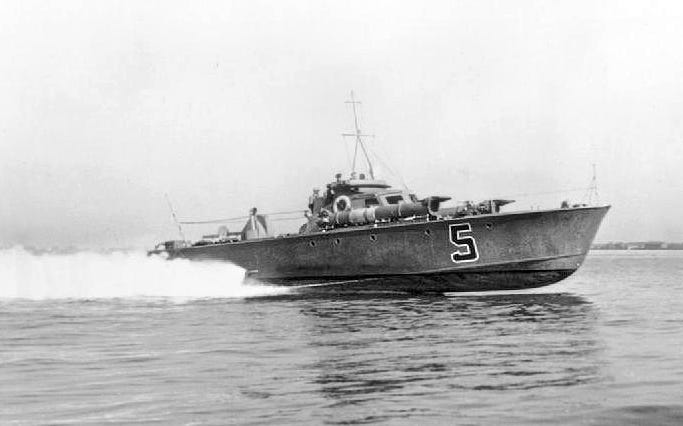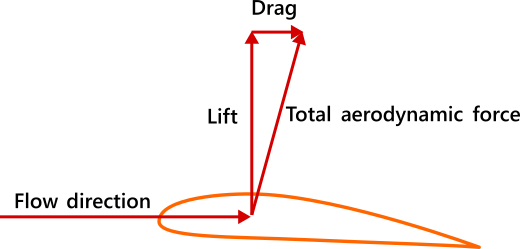Why do boards paddle slow but ride fast?
Paddling out can feel like pushing a brick through molasses. You’re stroking as hard as you can, and on those short period days, the board inches forward at a pace that suggests you’ll reach the lineup sometime next Tuesday. Then you catch a wave, pop up, and suddenly you’re flying down the line at speeds much faster than your paddle-out crawl.
Ships and boats push water out of their way as they move, creating a bow wave at the front and a stern wave at the back. As the vessel speeds up, these waves grow larger and demand more power to generate. Eventually, the wavelength of the bow wave matches the boat’s waterline length. At this point, the bow wave’s crest sits at the bow while its trough sits at the stern, creating maximum wave-making resistance. The boat is essentially trapped in its own wave system. This is hull speed, the practical limit for displacement hulls that move through water rather than on top of it.
Hull speed follows a simple relationship: maximum speed in knots equals 1.34 times the square root of the waterline length in feet. A 30-foot sailboat has a theoretical hull speed of about 7.3 knots, while a 40-footer can push closer to 8.5 knots. That square root relationship means doubling the waterline length only increases hull speed by about 40 percent.

A 6-foot board has a theoretical hull speed of roughly 3.3 knots, or about 3.8 mph. An 8-foot board can theoretically reach about 3.8 knots, or 4.4 mph. Of course, surfboards aren’t perfectly shaped displacement hulls. The rider sits on top, rocker affects water flow, and the cross-section differs from boat hulls. Still, the formula provides a useful approximation for understanding what limits paddling speed.
But do these calculations hold up when actual surfers paddle actual boards? Surfboard shaper Zouhair Belkoura recruited 21 surfers to sprint paddle three boards of identical volume but different lengths: 6 feet, 7 feet, and 8 feet. The test course stretched 9.7 meters between two markers in flat water, roughly the distance most surfers paddle when turning and burning for a wave. Starting from a dead stop, surfers paddled as fast as they could through the finish line. Each completed two trials per board.
The results show hull speed principles constrain paddling, though not as strictly as boat design would suggest. The 7-foot board paddled only 5% faster than the 6-footer, while the 8-footer improved another 2.5% over the 7-foot board. That total 7.5% improvement from 6 to 8 feet falls well short of the 16% speed increase that pure hull speed theory predicts. Human power output, technique, and body positioning all limit how close paddlers can get to theoretical maximums. Longer boards do paddle faster, just not by as much as the math alone would indicate.
Once you’re riding a wave, however, displacement hull speed becomes irrelevant. The board’s rail engages the wave face, the hull rises toward the surface, and those paddling calculations no longer apply. The wave provides the energy, forward motion generates lift, and the board planes across the water rather than plowing through it.

Water pressure against the hull’s angle of attack generates dynamic lift, similar to how powerboats and speedboats rise up and skim across the surface. Less hull in the water means less drag, and without the wave-making resistance that defines displacement hulls, planing vessels exceed their theoretical hull speeds by enormous margins. A 20-foot powerboat blasts past the 6-knot limit that would constrain a displacement hull of the same length.
A 6-foot shortboard ridden down the line at 15-20 mph operates in a completely different hydrodynamic regime than the same board being paddled at under 4 mph. Even on small, mushy waves without much face angle, a board moves considerably faster while riding than while paddling because of this shift to planing mode. The wave face’s slope adds gravity-driven acceleration, but the fundamental change is how the board interacts with the water.
Paddling keeps you trapped at hull speed, clawing through the water molecule by molecule. Riding a wave lifts you onto the surface, where the speed limits relax.
Further Reading:

